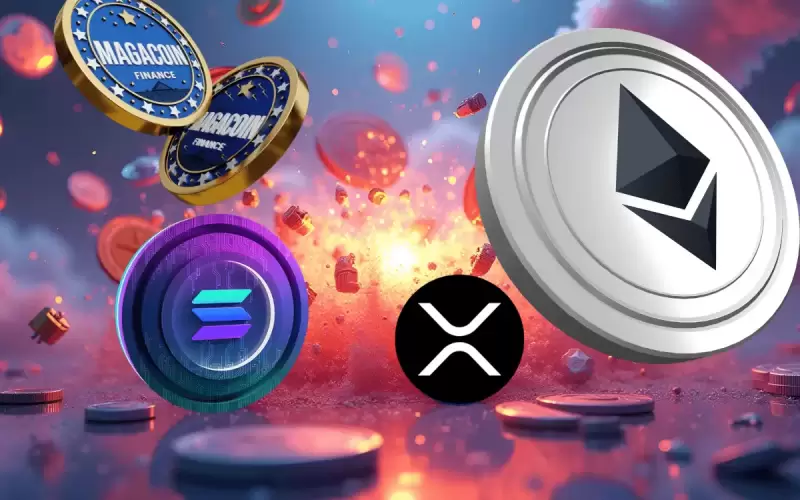 |
|
 |
|
 |
|
 |
|
 |
|
 |
|
 |
|
 |
|
 |
|
 |
|
 |
|
 |
|
 |
|
 |
|
 |
|

Some bitcoin (BTC) derivatives that claim to be fully backed by the cryptocurrency could be on shaky ground, a blog post by Bitcoin research and media firm LX Research suggests.
Most of these assets are in the form of a BTC-pegged derivative token – representations of native BTC on other blockchains such as Ethereum – a $30 billion market (only for the thirty-eight assets LX Research currently tracks).
The term “wrapped bitcoin” typically refers to a token issued to users after they deposit a corresponding amount of native BTC with a custodian. The token can then be used for various decentralized finance (defi) purposes such as lending. Users can later return the wrapped token to the issuer and retrieve their bitcoin, after which, the token is burned.
For the model to work, the wrapped token should be fully backed by bitcoin on a 1:1 basis. But what happens when custodians and merchants start to rehypothecate collateral or begin issuing wrapped tokens backed by other derivative assets instead of bitcoin? The result could be a bank run, according to LX Research writer Janus.
“We’re not sure if all BTC-derivative assets are fully backed,” Janus wrote. He also posted a scenario on X where a custodian mints multiple tokens without sufficient collateral.
“If there is a large number of withdrawals on any two of these tokens at the same time, operators will not be able to redeem liquidity from the exchanges to process withdrawals in a timely manner, Janus explained. “This could trigger a bank run.”
He also noted that the wrapped bitcoin market suffers from centralization risk where multiple projects share the same custodian.
“It’s clear that a number of these protocols are using centralized custodians to ensure that their assets are backed 1:1. And a number of these projects are sharing the same custodian(s),” Janus said.
But there’s more – Janus explains that there’s been an explosion of wrapped tokens in the past year. Many of them are not backed by native BTC, but rather, collateralized by other wrapped tokens, creating a house of cards.
“Projects are not simply using native BTC to fully back their assets. Other derivative assets, such as cbBTC [Coinbase wrapped BTC] and wBTC [BitGo wrapped BTC], are being used as reserve assets for newer derivatives,” Janus explained. “This compounds custodian risk. If a wrapped reserve asset became unbacked, then all of the assets that it backs would also become unbacked.”
Janus posed other questions that require clarity – is the total value locked (TVL) for these assets accurate or fake? Do projects control the native bitcoin backing their wrapped tokens?
To help answer this question, Janus said LX Research is developing a framework for wrapped derivative assets that will be available in matter of days.
“Users of BTC-backed tokens and protocols should understand the risks when interacting with specific assets,” Janus said. “We will be releasing a full framework and corresponding reviews in the coming days.”
免責事項:info@kdj.com
提供される情報は取引に関するアドバイスではありません。 kdj.com は、この記事で提供される情報に基づいて行われた投資に対して一切の責任を負いません。暗号通貨は変動性が高いため、十分な調査を行った上で慎重に投資することを強くお勧めします。
このウェブサイトで使用されているコンテンツが著作権を侵害していると思われる場合は、直ちに当社 (info@kdj.com) までご連絡ください。速やかに削除させていただきます。



















![Crypto Otaku -Crypto Chaos! 83kビットコイン!暗号ラリー!! xcn、jasmy、swftcリード!!! [エピソード228] Crypto Otaku -Crypto Chaos! 83kビットコイン!暗号ラリー!! xcn、jasmy、swftcリード!!! [エピソード228]](/uploads/2025/04/12/cryptocurrencies-news/videos/crypto-otaku-crypto-chaos-k-bitcoin-crypto-rally-xcn-jasmy-swftc-lead-episode/image-1.webp)








































